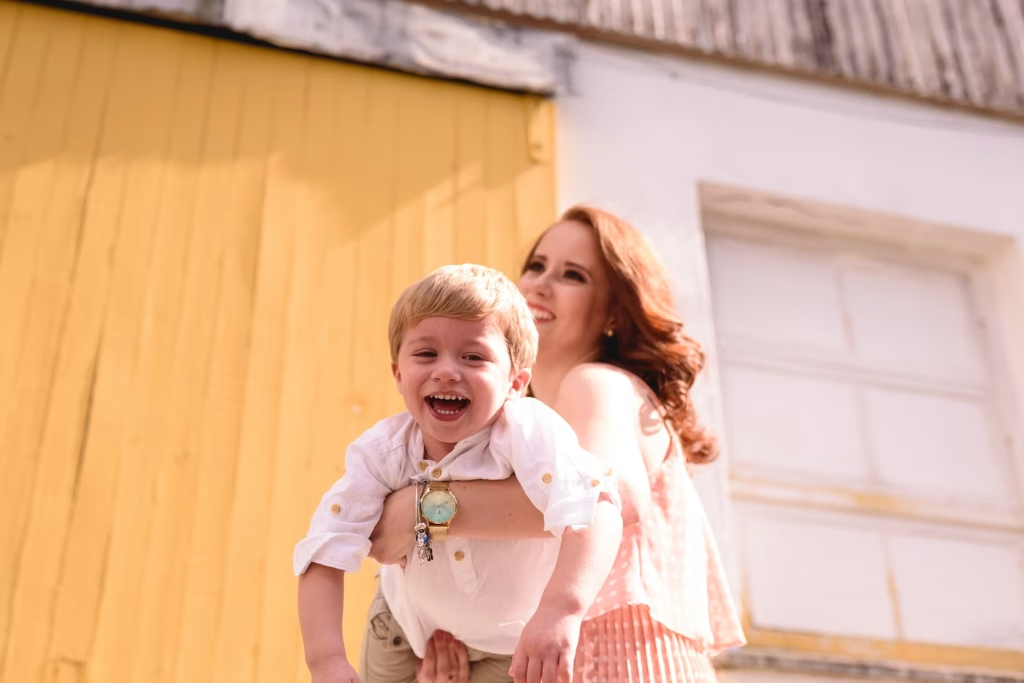
Let’s face it—parenting doesn’t come with an instruction manual. One day you’re wiping sticky fingers, the next you’re fielding big questions at bedtime. Throughout these moments, one factor quietly holds it all together: communication. It’s much more than just talking. It’s listening, noticing, and genuinely showing up. When we prioritize how we connect with our children, we lay the groundwork for a strong bond that can last a lifetime.
Whether you’re guiding a curious toddler or supporting a preteen through emotional ups and downs, putting solid communication practices in place today can strengthen trust, empathy, and connection for years to come.
1. Listen Like It Matters—Because It Does
Listening is one of the most powerful ways to bond with your child—and not just any listening. It’s the kind where you set down your phone, make eye contact, and tune in to their words and emotions. An article on building bridges in parent-child communication highlights that active listening creates trust and emotional safety. When kids know you’re really hearing them, they’re far more likely to open up, whether they want to talk about their day at school or a deeper concern.
2. Create a Judgment-Free Comfort Zone
Children need to feel safe in your presence, especially during vulnerable moments. How you respond when they share their feelings teaches them whether it’s okay to keep sharing. Criticism, harsh reactions, or dismissing what they say—even unintentionally—can shut down communication. Advice on building strong bonds suggests using validating phrases like, “I’m glad you told me,” or “It’s okay to feel upset.” These gentle reminders assure kids that their emotions are valid and encourage them to be open, even about the hard stuff.
3. Make Time to Talk—Really Talk
Between endless notifications and busy schedules, carving out regular conversation time can feel like a luxury. But small, intentional chats—during dinner, car rides, or before bedtime—can have a huge impact. Research on effective communication with children and tips on building strong relationships both emphasize the value of daily dialogue. These consistent check-ins show your child that you value their thoughts and experiences. Even five fully present minutes can do more for your relationship than an hour of distracted multitasking.
4. Model the Words You Want Them to Use
Kids learn to communicate by watching how you talk—and how you handle conflict. When you speak truthfully, apologize when necessary, and express feelings calmly, you teach them crucial life skills. Resources on communication strategies for children and guidance on productive parent-child dialogue highlight the impact of consistent modeling. By showing them what respectful honesty looks like, you create a family culture where openness is not just allowed—it’s encouraged.

5. Celebrate Their Voice and Validate Their Feelings
One of the simplest ways to deepen the parent-child connection is by demonstrating that your child’s opinions and emotions count. Information on young children and communication indicates that naming and validating a child’s feelings fosters self-esteem and enhances your relationship. This might look like saying, “It sounds like you felt really left out today,” or “That must have been exciting!” Encouraging them to share—and meeting their words with acceptance—builds confidence and teaches them the value of self-expression.
Strengthening Trust One Word at a Time
Parent-child communication isn’t about finding magic phrases. It’s about nurturing an environment where each person’s feelings and experiences can be shared openly. When you listen with empathy, model honest dialogue, set aside distraction-free time, and consistently validate your child’s emotions, you’re creating a space where trust can thrive. These steady, compassionate conversations form the bedrock of a lifelong bond—one where your child knows, “My voice matters, and I am deeply loved.”
How do you encourage open communication with your child? We’d love to hear your experiences in the comments.
Read More

Samantha Warren is a holistic marketing strategist with 8+ years of experience partnering with startups, Fortune 500 companies, and everything in between. With an entrepreneurial mindset, she excels at shaping brand narratives through data-driven, creative content. When she’s not working, Samantha loves to travel and draws inspiration from her trips to Thailand, Spain, Costa Rica, and beyond.
Leave a Reply